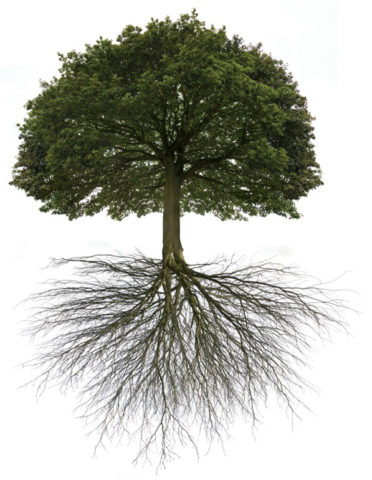Für den wechselfeuchten Außenbereich (Unterkonstruktion, Plattform, Bodendielen, Geländer, Treppen, Außenfassade, Fenster, etc.) eignen sich besonders gut: Lärche und Douglasie – Deren eingelagerte Harze und Öle verhindern, dass das Holz fault.
Für den Innenbereich (Wandkonstruktion, Innenschalung, Sparren, …) empfehlen wir: Fichte – Fichtenholz ist günstig, lässt sich super bearbeiten und harzt nicht so sehr.
Als Schindel-Dachdeckung verwendet man entweder:
- Lärchenholz (gespaltet oder gesägt)
- Zedernholz (Importware; duftet aber sehr gut)
Zur Aussteifung von Wand- und Dachflächen eignen sich OSB-Platten (9 – 12mm) hervorragend.
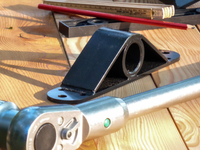
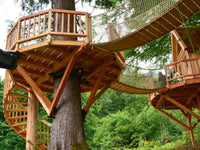
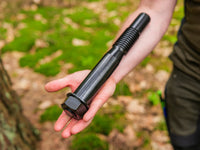
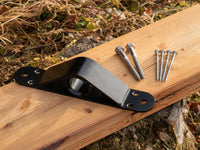
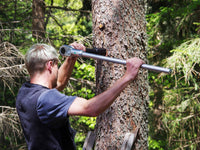
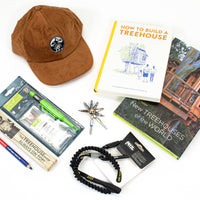
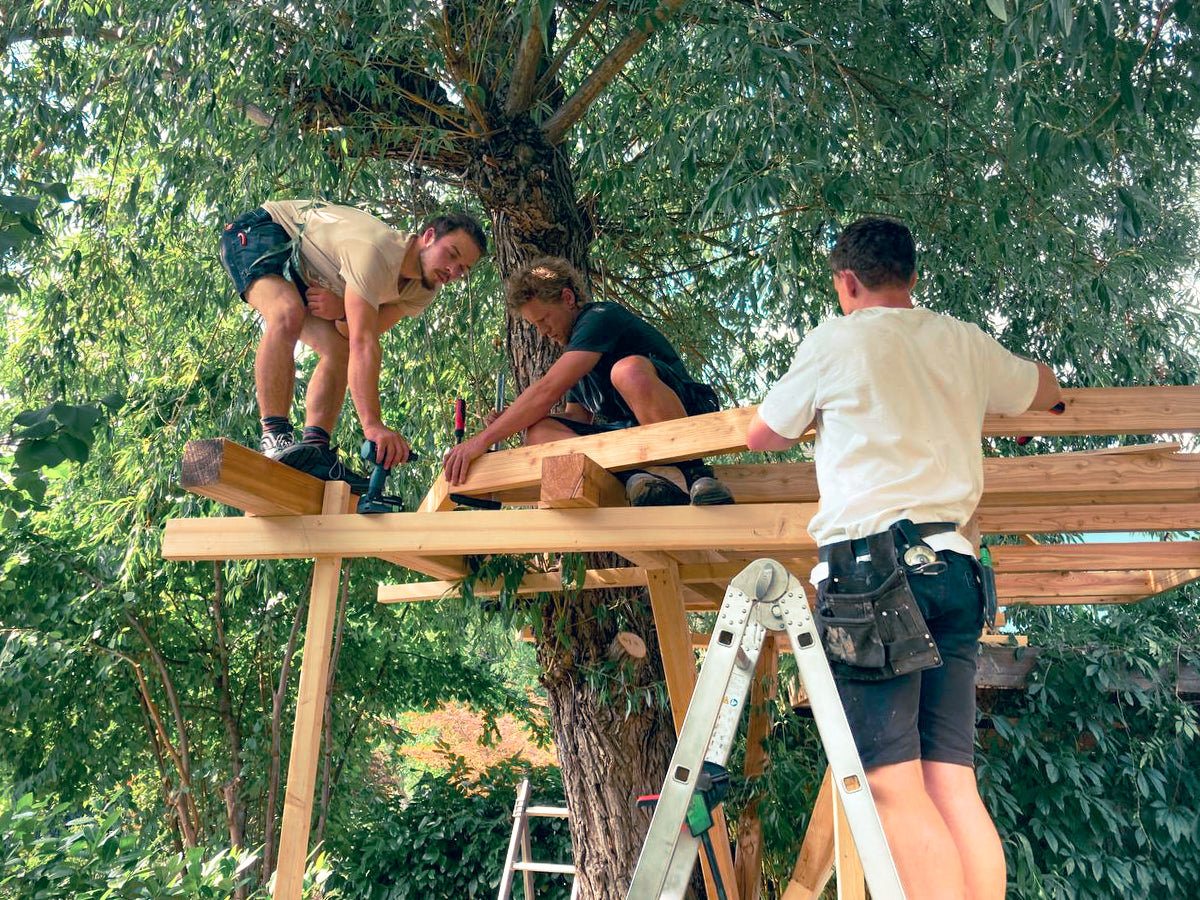



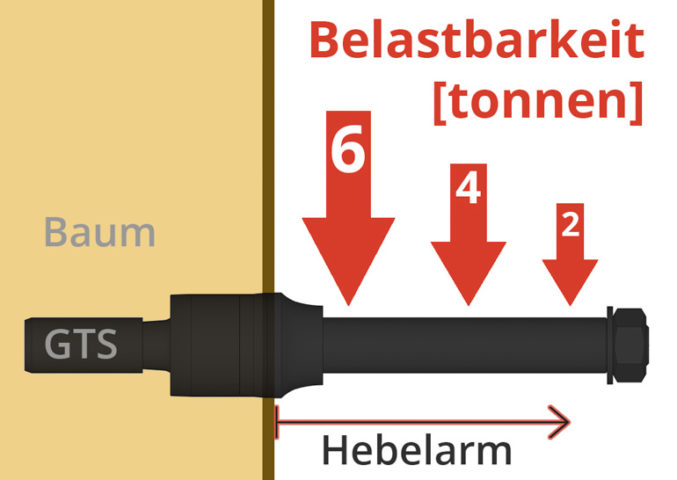




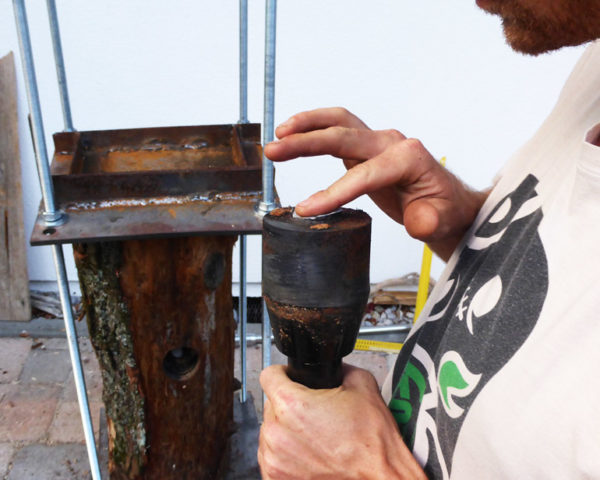
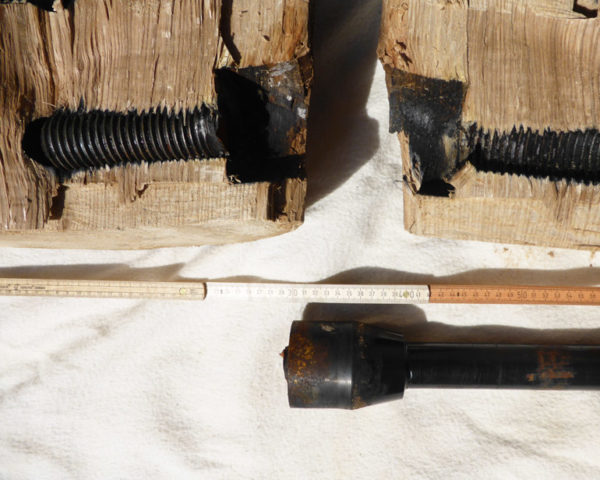
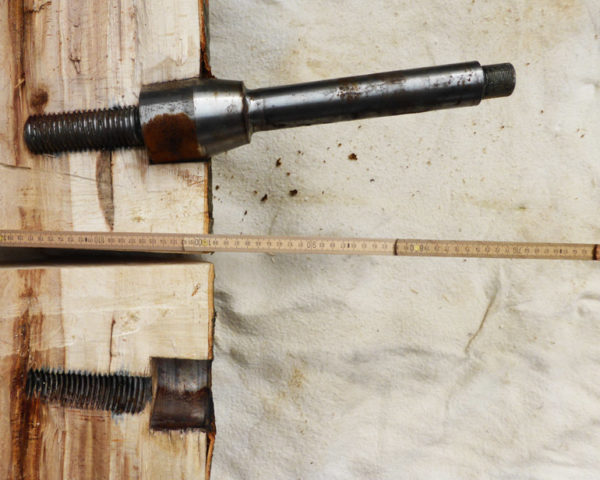
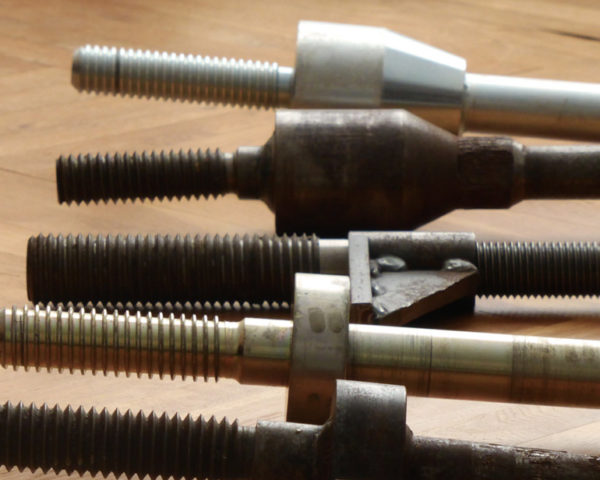
 Die Kernseite oben hat folgende Vorteile:
Die Kernseite oben hat folgende Vorteile:
